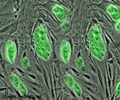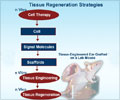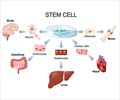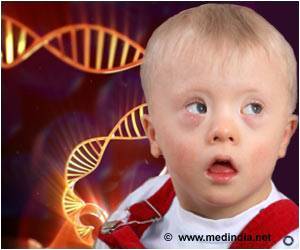For the first time, scientists have created induced pluripotent stem (iPS) cell lines by using skin cells from adult monkey skin cells.
Skin cells from adult moneys have helped create induced pluripotent stem (iPS) from its cell lines.
The study has shown that the method of direct reprogramming is conserved among species and may be useful for creation of clinically valuable primate models for human diseases.While earlier studies have demonstrated that the induction of four key transcription factors can reprogram adult mouse and human skin cells into iPS cells, but iPS cells have not been created in other species as yet.
"We sought to generate monkey iPS cells from skin cells isolated an adult male rhesus macaque using the predicted monkey transcription factors OCT4, SOX2, KLF4 and c-MYC," explained Dr. Hongkui Deng from the Key Laboratory of Cell Proliferation and Differentiation at Peking University in Beijing, China.
For the study, the researchers used retroviruses expressing these four factors to infect adult monkey skin cells.
The strategy led to creation of cells, which displayed multiple hallmarks of embryonic stem (ES) cells.
Specifically, the cells exhibited physical characteristics associated with ES cells, expressed genes appropriate for ES cells and possessed the ability to develop into multiple types of differentiated cells.
According to the scientists, the work has multiple exciting applications.
The study was published in the December issue of the journal Cell Stem Cell.
Source-ANI
TAN
 MEDINDIA
MEDINDIA




 Email
Email










